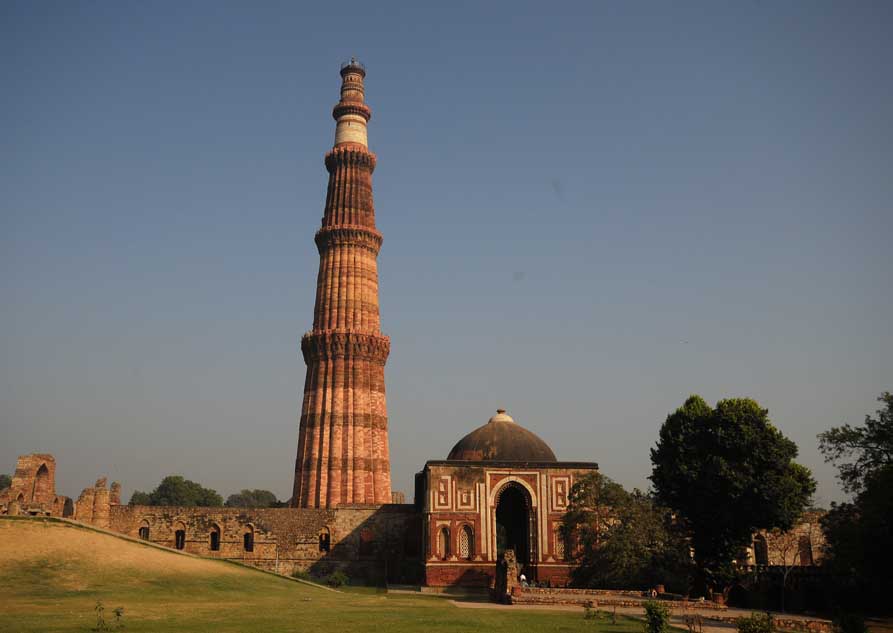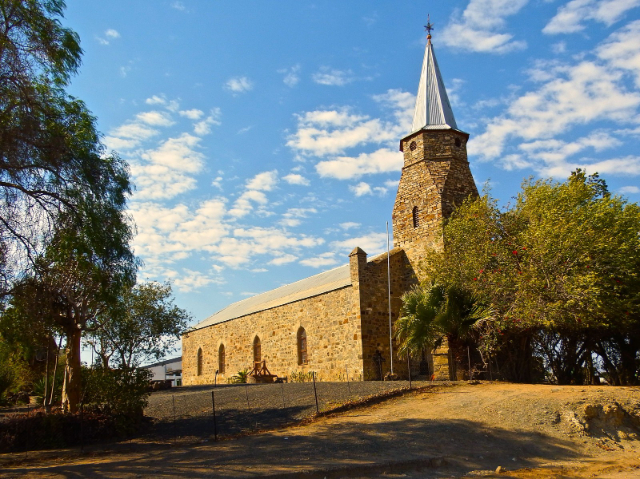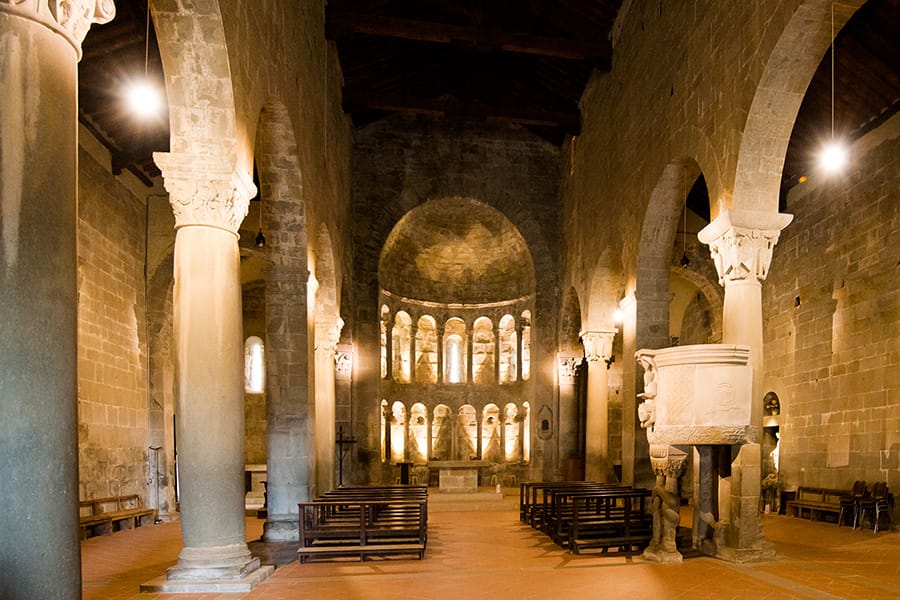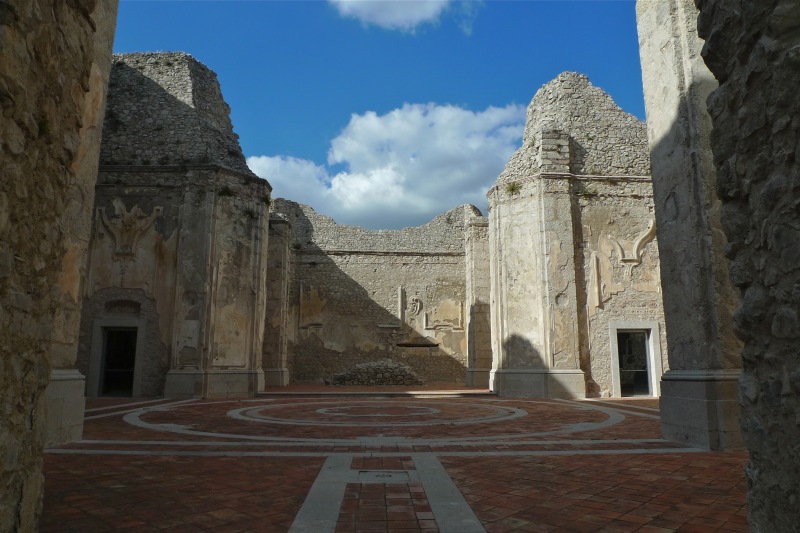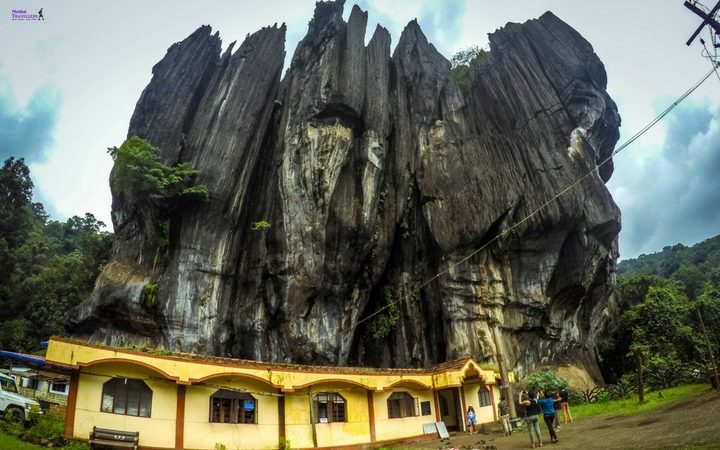Qutub Minar is a renowned UNESCO World Heritage Site located in Delhi, India, and is famous for being the tallest minaret in the city. Standing approximately 240 feet tall, this impressive tower is an outstanding example of Indo-Islamic Afghan architecture. Constructed in 1193 by Qutb-ud-din Aibak, the founder of the Delhi Sultanate, the minaret was later completed by his successor, Iltutmish.
The Qutub Minar is made of red sandstone and marble and is adorned with intricate carvings and verses from the Quran. The tower has five distinct stories, each marked by a projecting balcony. The design of the minaret reflects the architectural styles of the time and showcases the artistry and craftsmanship of the artisans.
This historical structure is not only a prime example of architectural and cultural fusion but also serves as a symbol of Islamic conquest in India and the beginning of Muslim rule in the Indian subcontinent. The complex where Qutub Minar stands also includes several other significant historical structures, including the Iron Pillar and the Alai Darwaza, the main gateway from southern side of the Quwwat-ul-Islam Mosque.
Visiting Qutub Minar offers a unique insight into the early Sultanate period in India and provides visitors with a chance to admire the art and architecture that has influenced various aspects of Indian heritage. It remains one of the most popular tourist attractions in Delhi, attracting thousands of visitors every year who come to marvel at this ancient site.
To explore more about Qutub Minar and other UNESCO World Heritage Sites, visit Secret World. For detailed information on Delhi’s historic architecture and cultural sites, consider checking out this comprehensive guide.

